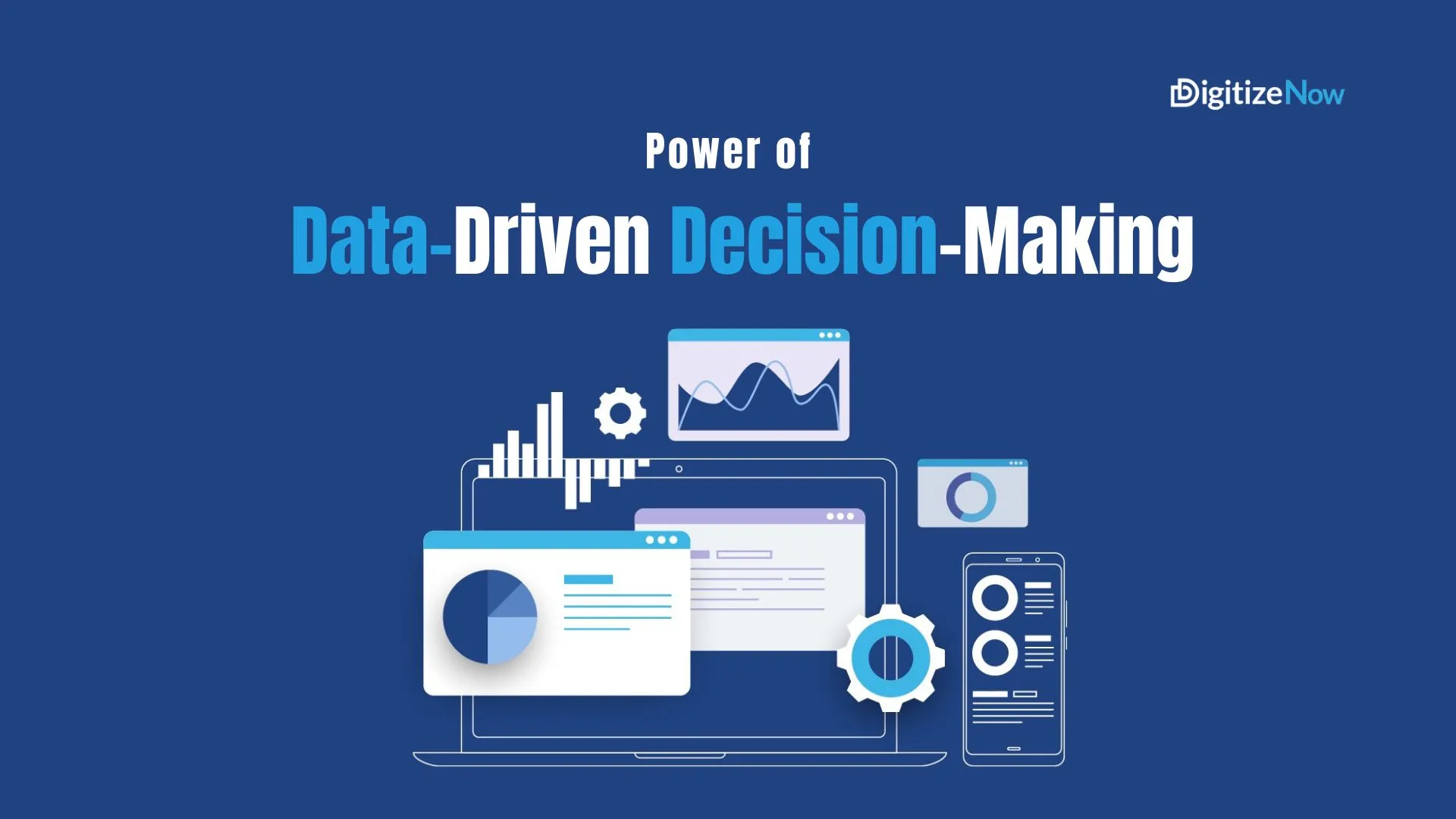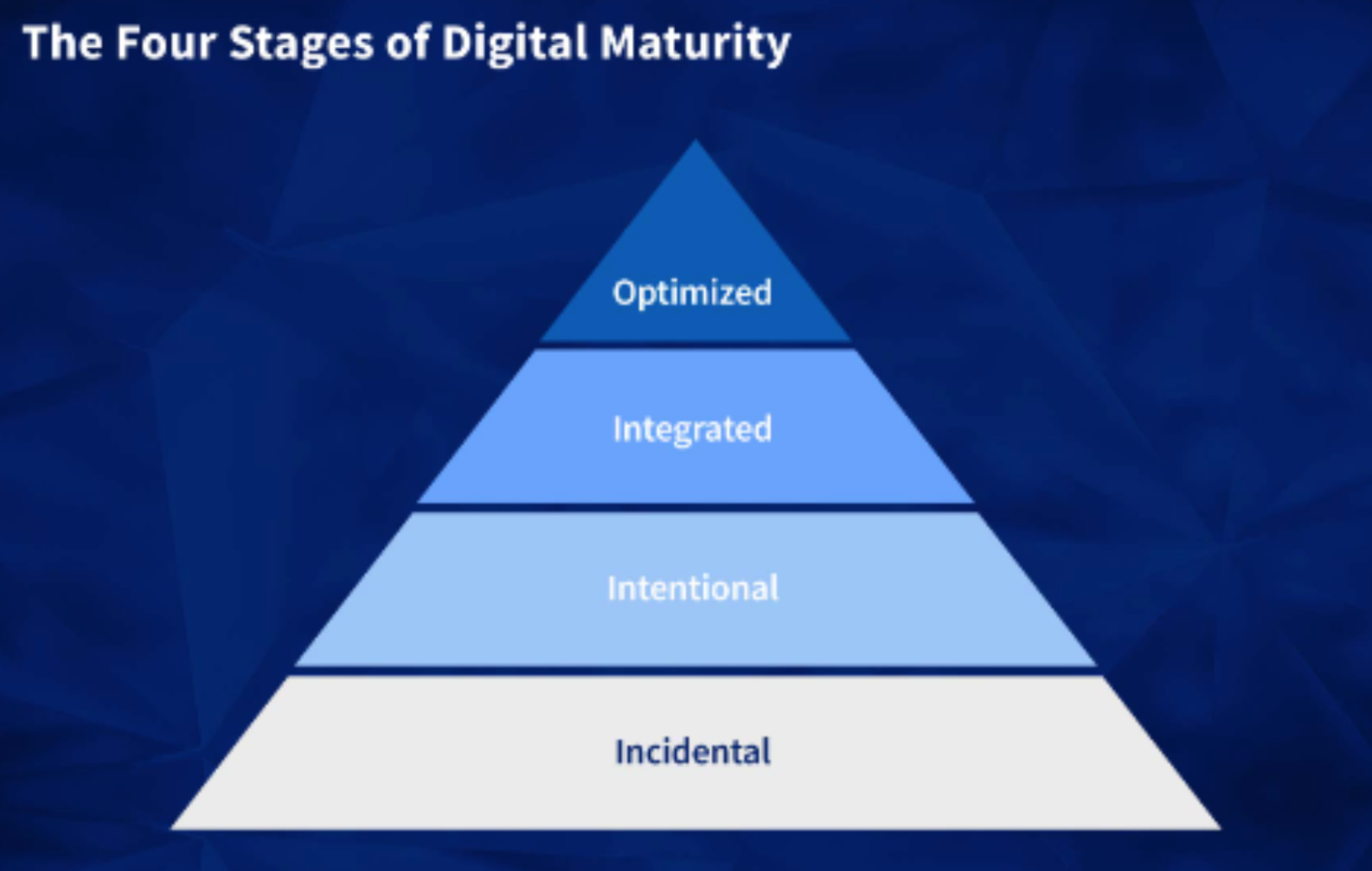Making the right decision at the right time shapes our lives. That’s why decision-making is such an important part of our lives. Decision making works in two domains: intuitive, based on your experience and guts, and quantitative, based on numbers and figures. Quantitative decision making became an effective method after the advancement of data science, and organizations tend to rely more on this process.
Quantitative decision making is also termed as data-driven decision-making. It plays a vital role in today’s business world by leveraging the power of data analytics to inform and guide decisions. The relentless evolution of data science is the driving force behind the increasing accuracy and effectiveness of data-driven decisions.
Businesses using Digital Adoption Platform (DAP) analytics are winning the game by having more effective data insights and making better decisions. This blog focuses on the intricate interplay between decision-making, data analytics, and DAP, exploring how DAP leveraging analytics gains invaluable insights into their data, paving the way for informed and superior decision skills.
Join us on this journey where the synergy of analytics, DAP, and decisions propels businesses toward success in an ever-evolving landscape.
What is data-driven decision-making?
The process of decision-making, where the decisions have been made based on the information achieved by analyzing the data, is called data-driven decision-making. The boom in data analysis makes it a fine tool for better gauging. A company works on different sets of data, including employee data, sales data, revenue data, customer data, and social media data, and all these data are being worked as input for making efficient decisions.
The relationship between DAP and data-driven decision-making
The DAP changes not only the operative procedures of the organizations but also their thinking process. The DAP creates a more data-centric approach in the organizations, and that is reflected in their decision-making process as well. The DAP analytics provide better data insight to the organization and, eventually, a better operational structure.
After rolling out the DAP, the organizations can utilize their data to its full potential as the data becomes more visible to them. Data analytics, the background technology for data-driven decision-making, becomes more relevant in the DAP environment.
The following are some of the keynotes on the relationship between DAP and data-driven decision-making:
- The DAP increases the value of data and the importance of data storage. In turn, that stored data has been used in the analytics to make data-driven decisions.
- The visibility of the data increases significantly after the rollout of DAP and makes it inclusive to the data analytics.
- DAP analytics work better than traditional analytics as they have a more specific analytics approach to more precise data than traditional data analytics.
- The improvement of the quality and quantity of the data, along with an advancement of the data analysis process, is the result of the DAP. That’s why the DAP makes data-driven decision-making easier and more precise for organizations.
Components of DAP analytics for data-driven decision-making
The DAP analytics is the backbone of data-driven decisions as it makes the data more usable to the decision makers. Following are some of the ways through which DAP makes the data more usable for decision making.
- Data Collection and Tracking: DAP ensures that no organization’s data will be ignored. From the customers’ preference to employee performance, all data are being stored and cleaned for further analysis. In the next step, tracking tools, such as analytics software or tracking codes embedded in the application, help understand user behavior and usage patterns.
- User Behavior Analysis: DAP analysis works to transform the data into knowledge by Studying user journeys, identifying common paths taken by users, and pinpointing areas where users might encounter obstacles. It also works to identify pain points, user preferences, and areas for improvement in the user experience.
- Feature Adoption and Utilization: For an organization, DAP helps to identify its strengths and weaknesses by making the data more visible. Using the DAP, organizations can bridge the performance gap by Understanding how users engage with specific application features, which features are popular and heavily utilized by users, and which parts are being ignored or underutilized.
- Performance and Usability Metrics: Usability metrics might encompass user satisfaction, error rates, and ease of use. These metrics help identify areas where the application might be slow or confusing, enabling improvements for a smoother user experience.
Benefits of Leveraging DAP Analytics for Data-Driven Decision-Making
The DAP analytics influences and improves the data driven decision-making to the next level. Before full digitization, even with their best efforts, organizations couldn’t make data-driven decisions as most of the data was not available to them.
The DAP analytics help data-driven decision-making in the following way:
- Customized Decision and Service: DAP analytics enables the customization of user experiences based on individual behaviors and preferences and makes it more efficient. It helps organizations understand the user’s behavior distinctively and finally make more customized decisions.
- Better Grip on Organizational Operations: Data-driven decisions work not only for better customer service but also for better organizational operation. As the decision-makers gain more data insight as an effect of DAP analytics, they can check the real-time data and make internal decisions based on that. For example, the decision on employee performance or system performance can be determined through their time series data.
- Improved User Experience: Optimizing user experiences through DAP analytics can drive increased engagement and interaction. As mentioned in the previous point, data-driven decision-making through DAP analytics makes a customized decisions regarding the different parts of customer service and enhances customer interaction in a better way.
- Smoother Digital Adoption: Data analytics helps in digital adoption as well. Data-driven insights from DAP analytics can lead to smoother onboarding and higher adoption rates in organizations.
- More Power to Management: DAP analytics insights can guide strategic decisions regarding tool development, updates, and user support. The decision-making managers get more power by having more information on the clients, employees, and operations through the DAP analytics and getting better decisions supported by data.

As we’ve explored different paths of data-driven decision-making, it is clear that data-driven decision-making empowers leaders with invaluable insights, transforming chaos into clarity. To embark on this journey of strategic clarity, consider harnessing the power of DAP Analytics. In the business world, effective decision-making is a big challenge that works as an impacting factor in business success.
The data analytics supported by DAP gives the organizational decision-makers a vision of finding hidden opportunities and risks. This, in turn, helps the organization to get a clearer picture of the situation and make better decisions.
Businesses navigating the contemporary landscape understand the pivotal role of DAP analytics in securing a competitive edge. By leveraging these analytics, organizations gain not only effective data insights but also the ability to make informed decisions that set them apart.
As I mentioned, through the course of analysis, the advancement of data science makes the DAP more affordable in terms of costs and talent. This, in turn, makes data-centric decision-making more effective. If you are still on this journey with us, embrace the new age of data and elevate your decision-making paradigm through the lens of informed, data-driven insights.



